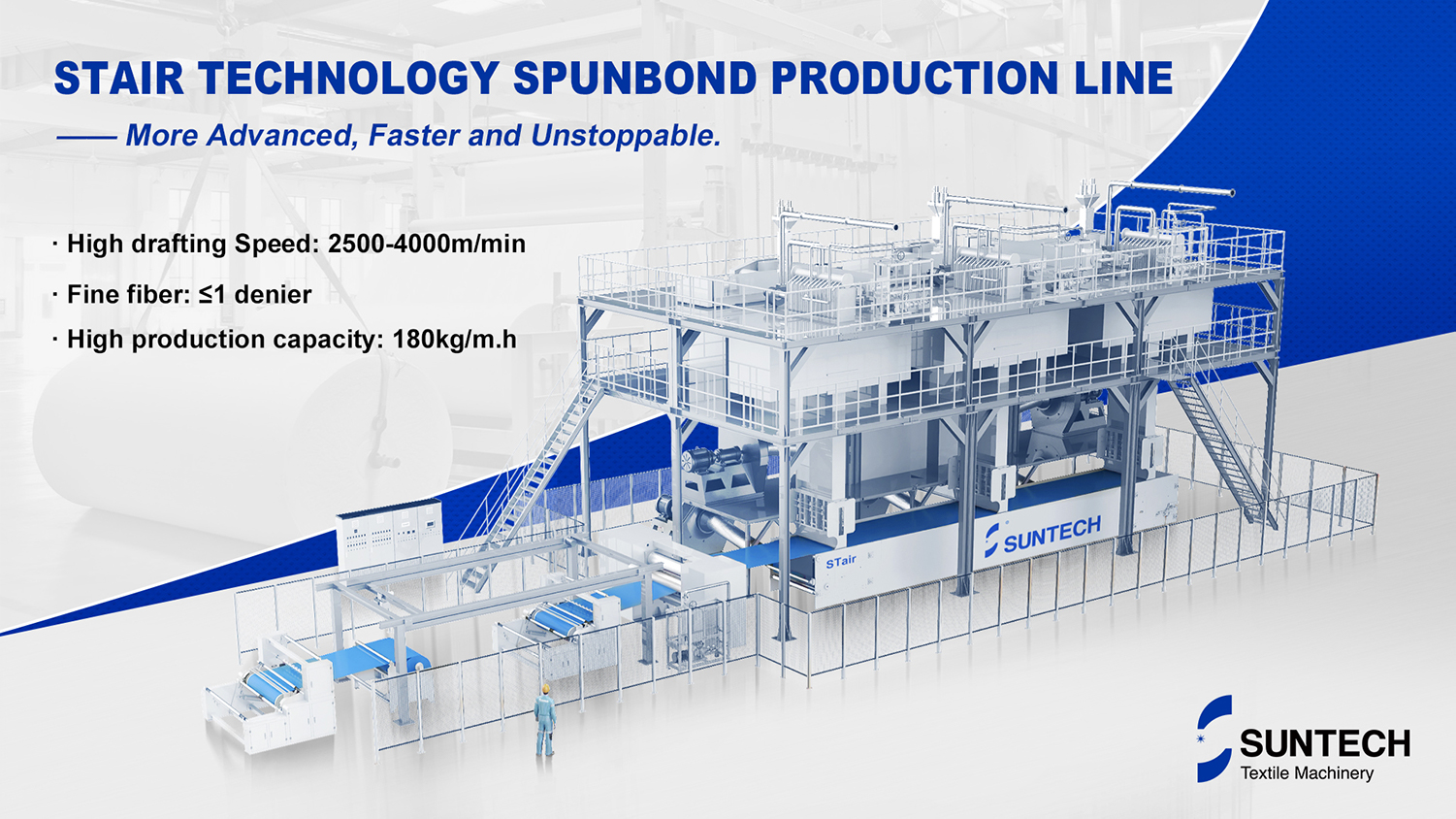Spunbond, meltblown, and spunbond nonwovens are together referred to as SMS Nonwovens.
It is classified as a composite non-woven fabric, which is a high-strength material with excellent filtering capabilities and is a result of a combination of spunbond and meltblown.
Excellent, does not include any glue, and non-toxic, among other benefits. At this time, the majority of its applications are in medical and health care worker protective items.
Things like operating gowns, surgical hats, protective garments, hand wash clothes, purses, and so on are all examples.
Performance
Effective in isolating germs while not being poisonous or flavorful. Anti-static, anti-alcohol, and anti-corrosion properties may be achieved on the equipment thanks to a particular treatment.
qualities include resistance to plasma, repulsion of water, and production of water
Non-woven textiles have the following characteristics:
Longevity and ease of disposal Isolating, while also conducting both suppleness and firmness
Elegance, expansion. Isotropic and anisotropic properties. Filtrability, breathability, and impermeability are desirable qualities. Elasticity Sexuality and a rigidity. Gentle, unhurried, and comforting. The thickness of felt, yet the transparency of cicada wings. It is both watertight and breathable. pressing, stitching, and shaping into a mold. Flame retardant, antistatic. fleece material that is water-permeable, waterproof, and wear-resistant. Insensitive to folds and creases
Wrinkle, excellent elasticity, high moisture absorption, and water repellency are some of the characteristics of this fabric.
1. Extremely lightweight: the primary raw material is polypropylene resin, which has a specific gravity of just 0.9, and the sole other component is cotton.
Three-fifths, and it has a fluffy, pleasant texture.
2. It is pliable because it is made up of very tiny fibers (2D–3D) and is generated by a light point-like joining of hot melt. The final product has a gentle texture.
3. Water repellency and breathability: polypropylene chips do not absorb water, the moisture content is nil, and the end product has high water repellency. Additionally, polypropylene chips are breathable.
Because it is made up entirely of fiber, it is porous and has exceptional air permeability, making it simple to keep the fabric dry and straightforward to launder.
4. Non-irritating and non-toxic: the product is manufactured using food-grade raw materials that comply with FDA regulations and does not include any additional ingredients.
Other chemical composition, consistent performance, non-toxicity, absence of strange odor, and non-irritating effects on the skin.
5. Properties that inhibit the growth of microorganisms and chemicals: Polypropylene is a material that is chemically inert; it does not attract moths and it can isolate itself.
Take precautions to prevent the erosion of bacteria and insects in the liquid; erosion does not influence antibacterial treatments, alkali corrosion, or final goods.
loudness of the sound.
6. Antibacterial properties. The product is water resistant, does not support the growth of mold, and has the ability to prevent bacteria from spreading in fluids.
And mildew and insects haven't been a problem.
7. Possessing favorable physical characteristics. It is formed of polypropylene that has been spun straight into a mesh and then thermally bonded, and as a result, the product has a level of strength that is beyond average.
In general, items made of staple fiber are superior since their strength is non-directional and the horizontal and vertical strengths are comparable to one another
Application
(1) Surgical gowns, protective clothes, sterile wraps, masks, diapers, and other items used for medical and hygienic purposes.
Female sanitary napkins, etc.;
(2) Fabrics used for interior decorating, such as wall coverings, tablecloths, bed sheets, bedspreads, and so on;
(3) Textiles for heel construction, including linings, adhesive linings, flakes, styling cotton, different synthetic leather foundation fabrics, and so on;
(4) Different types of industrial fabric, including filter material, insulating material, cement packaging bag, geotextile, and wrapping material
materials of several kinds;
(5) Agricultural fabric, which may include crop protection cloth, seedling raising cloth, irrigation cloth, thermal insulation curtain, and other similar products;
(6) Sanitation goods, including filter non-woven textiles, oil-absorbing cloth, and other similar items that are used for environmental protection.
Insulation material and clothing accessories are included in the category of "insulation cloth."
(8) Fabric made of anti-feather non-woven material that may prevent down from flowing down
(9) Other things include thermal insulating materials, space cotton, and so forth.

The machinery for processing non-woven fabrics produced by SUNTECH SMS is built using the technology already in use in Europe and incorporating the specifics of the local environment. The spunbond system, which is one of these, relies heavily on German technology; the meltblown system digests and absorbs the technological contributions of Japan, Germany, and the United States; and the web forming machine, which is another of these, primarily adopts the structure of the combination of wallboard and frame.
It is a completely automated line that has great production capacity and includes online inspection, automatic slitting, automatic sorting, and aseptic packing.
Additionally, SUNTECH is able to manufacture SMMS, SSMMS, and a variety of additional combination nonwoven machines or non woven fabric slitting machine.




